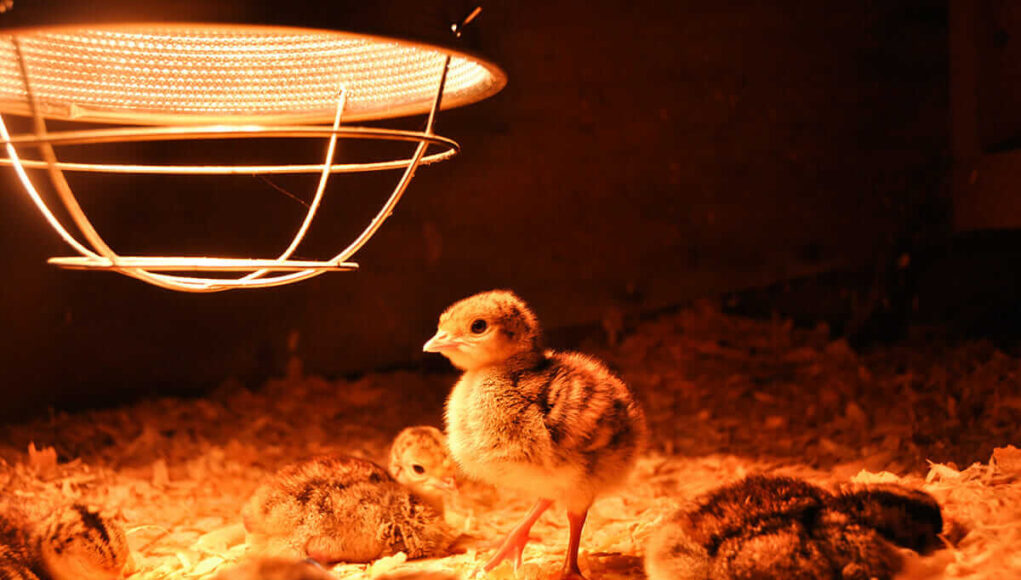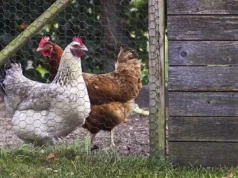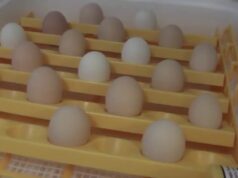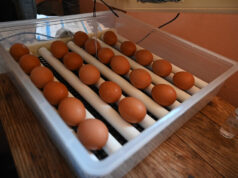If you’re planning on raising chicks, one of the most important things to consider is the dimensions of their brooder. Ensuring you have the right size will not only keep your chicks cozy and warm but also promote healthy growth and development. Chick brooder dimensions should be spacious enough to accommodate the number of chicks you plan to raise. Let’s dive into the specifics of what makes the best brooder sizes for your fluffy companions.
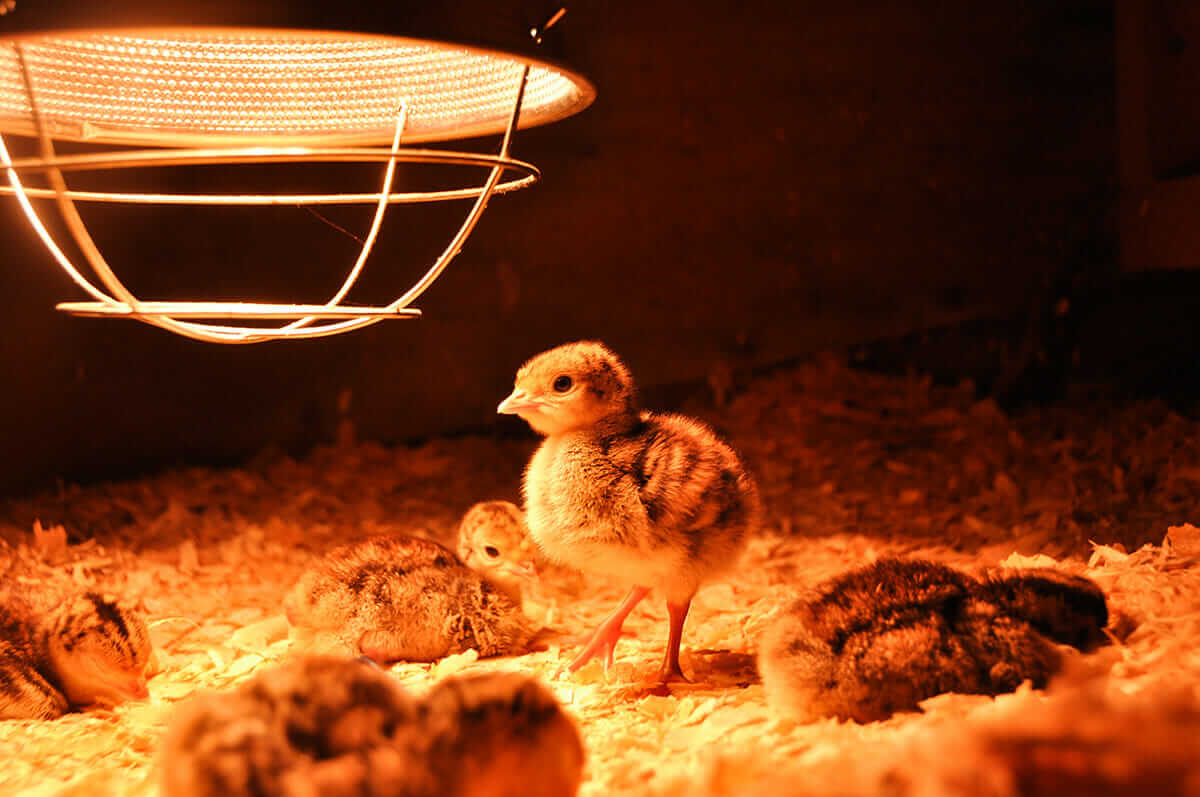
Understanding the Importance of Brooder Size
Before we jump into specific metrics, it’s crucial to understand why brooder size is important. A properly sized brooder ensures that chicks have enough room to roam, sleep, and play. It allows for the distribution of heat, food, and water in a manner that’s accessible to all chicks.
Determining the Right Brooder Dimensions
The size of your brooder should be determined by the number of chicks you have. Generally, each chick needs at least 0.5 to 1 square foot in the brooder. This ensures they are not overcrowded, which can lead to stress and increased mortality rates.
Brooder Options Based on Chicken Breed
Different chicken breeds grow at different rates, impacting the dimensions you might need. For instance, larger breeds like Brahmas will require more space than smaller bantam breeds. It’s essential to consider the specific needs of your chosen breed when deciding on your brooder’s size.
Standard Brooder Sizes for Backyard Flocks
For backyard chicken enthusiasts, who often start with 6 to 12 chicks, a brooder measuring around 2×4 feet should suffice initially. This size is manageable, fits comfortably in most homes or garages, and can be easily expanded as your chicks grow.
Expanding the Brooder as Chicks Grow
While starting with a certain size is important, remember that chicks grow rapidly. Within weeks, you may need to expand your brooder’s dimensions. Consider having adjustable walls or removable barriers to extend the space as required.
Choosing Materials for Your Brooder
Aside from size, the material of the brooder is another critical factor. Popular choices include wood, plastic, and metal. Each has its pros and cons, but the key is ensuring the material is easy to clean, durable, and provides a safe living environment.
Essential Brooder Setup Components
When setting up your brooder, consider incorporating the following essential components: A consistent heat source, such as a heat lamp or brooder plate, clean bedding, fresh water, and food dispensers. These elements ensure that your chicks’ environment is comfortable and promotes healthy development. Learn more about brooder setup and essential components.
Monitoring and Adjusting Temperature
Temperature regulation is key in a brooder. Starting at about 95F, you should decrease the temperature by 5F each week until it’s consistent with outdoor temps. Having a thermometer helps maintain this stability and ensures your chicks are neither too hot nor too cold.
Common Mistakes in Brooder Size Selection
A common error is choosing a brooder that’s too small, which can lead to overcrowding. Another mistake is not planning for growth, making later adjustments challenging and stressful for both you and your chicks. Planning ahead to accommodate growth is essential for avoiding these pitfalls.
Tips for Ensuring Adequate Ventilation
While ensuring proper chick brooder dimensions, don’t forget about ventilation. Good airflow prevents respiratory issues and keeps the air fresh. Ensure there are enough openings in the brooder, without creating drafts.
Incorporating Safe Lighting
Lighting is critical in a brooder. It aids in regulating chicks’ day-night cycles, encouraging natural behaviors and feeding rhythms. Ensure the lighting setup is secure and doesn’t pose a fire risk.
Locating the Best Placement for Your Brooder
Choose a spot for your brooder that’s quiet, away from household traffic, and safe from pets. A garage or spare room works well, provided it meets temperature and ventilation standards.
Adapting Brooder Dimensions for Ducklings or Other Poultry
If you’re raising ducklings or other types of poultry, you may need to adjust the dimensions further. Ducklings, for example, require more water interactions, so a larger brooder with a water-friendly zone might be necessary. More insights on setting up a versatile brooder can be found here.
Cleaning and Maintaining Your Brooder
Regular cleaning is essential to prevent disease in your chicks. A simple cleanup schedule, removing droppings and replenishing bedding, keeps the living environment healthy. Adequate space makes cleaning tasks easier and more efficient.
Why Brooder Size Affects Chick Development
The right brooder dimensions directly impact mobility, social interaction, and accessibility. Crowded conditions can lead to behavioral issues and stunted growth. Well-sized brooders promote better health and more natural chick behavior.
A Practical Example: The Growth of My Flock
When I started my chick-raising journey, I initially underestimated the space needs of my chicks. Starting with a 2×3 foot brooder for 10 chicks, I quickly realized expansion was necessary as they doubled in size. Once I increased the space, their activity levels and health improved dramatically.
Finding Resources and Support
As you plan and maintain your brooder, remember that there’s a wealth of resources available. Online communities, such as forums and social media groups, offer support and further insights. You can also explore more detailed guides on brooder basics.
Conclusion
Ensuring your chick brooder dimensions are appropriate is a foundational step in raising a thriving flock. With the right planning, materials, and setup, you will create an environment where your chicks can flourish and grow strong. Plan, adjust, and enjoy watching your chicks grow into healthy chickens!

FAQs
How many chicks fit in a standard brooder?
Typically, a brooder measuring 2×4 feet comfortably fits 6 to 10 chicks, depending on their breed and space requirements.
Why are adjustable brooders recommended?
Adjustable brooders offer flexibility, allowing you to increase space as chicks grow, ensuring they remain comfortable and healthy.
Can other poultry be raised in chick brooders?
Yes, but you may need to adjust the setup and dimensions based on species-specific needs, such as more space or different water setups.
This article contains affiliate links. We may earn a commission at no extra cost to you.
